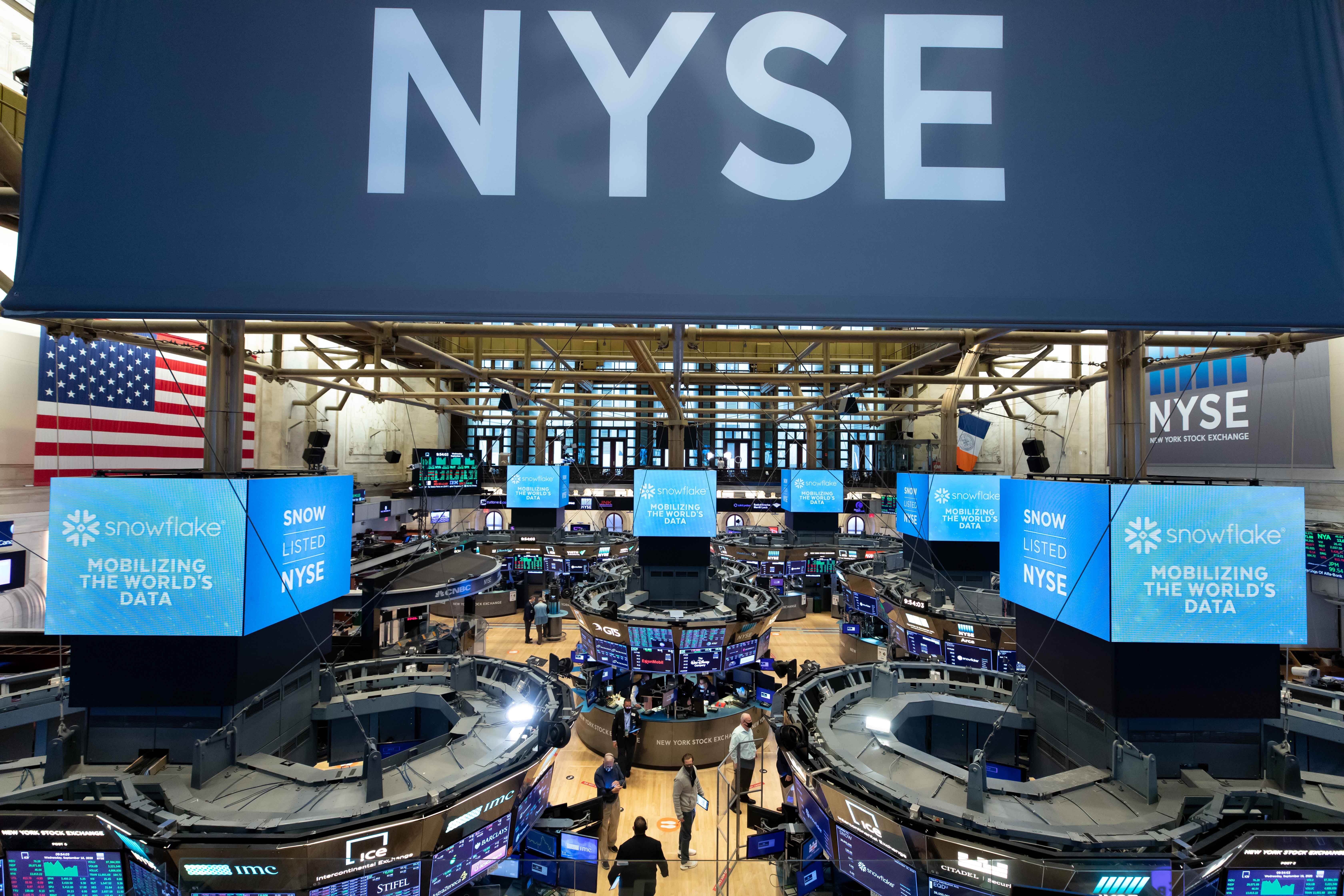Snowflake IPO begins trading at the NYSE on Sept. 16th, 2020.
Source: NYSE
One of the biggest problems with the traditional IPO process (and there are several) is that it’s impossible to say whether a deal is a success or a failure.
Snowflake, the cloud-based data management company that’s 2020’s biggest IPO, jumped 112 percent in its debut Wednesday. For investors who received allocation at the $120-per-share offering price (which, by the way, was 41 percent higher than the range Snowflake had initially marketed earlier in September), that’s a win. It’s also a win for earlier backers, like Altimeter Capital and Sutter Hill, who have made back multiple times their original investments.
“The heart’s beating a little faster right now,” said Brad Gerstner, the founder and CEO of Altimeter Capital, on CNBC as he watched the stock open.
But there’s a flip side that’s often talked about: money left on the proverbial table. This looks at the abstract concept of opportunity cost — what Snowflake could have raised if it had priced the deal as the broader market valued it. In this case, that figure is $3.8 billion (in addition to the $4 billion Snowflake raised in the IPO and concurrent private placements). Critics of the IPO process say that’s capital that could have otherwise been invested in the business.
“In many ways, $SNOW is the final proof of just how broken process is,” tweeted Bill Gurley, general partner at venture firm Benchmark and frequent critic of the traditional IPO process.
Snowflake’s “money left on the table” is the largest for any company listed in the U.S. since Visa’s IPO in 2008. That deal handed an additional $5 billion to Visa investors who got allocation in the IPO, rather than the company. (Note: Visa shares have soared about 1,200 percent since its IPO, compared with a 161 percent gain in the S&P 500 over that same period).
Snowflake’s opportunity cost also surpasses that of Alibaba, which is the record-holder for the largest IPO, listed in the U.S., in 2014. However, a minority Alibaba’s IPO comprised shares issued by the company — known as primary stock — with the rest sold by previous investors like founder Jack Ma or Yahoo. That meant, Alibaba left $3.2 billion on the table, below that of Snowflake.
(To be sure, Snowflake shares were dropping 10% on Thursday, meaning maybe the stock wasn’t as mispriced in the IPO as the first-day pop reflected.)
Are SPACs better?
So why does this matter? Well, skeptics of the traditional IPO process often point to the inefficiencies and mispricings as the reason why the route to public markets needs to be reformed. But the newer methods for IPO candidates, such as SPACs and direct listings, just do a better job of hiding the opportunity costs.
In direct listings — like the ones of Slack and Spotify in the past and the upcoming debut of Palantir — companies leave no money on the table because they raise no money to begin with (yet). That may soon change as the Securities and Exchange Commission approved the ability for companies to raise fresh capital through direct listings. But as of now, there’s no clear-cut way to measure their opportunity cost as pricing is determined by the forces of the market, without an initial marker by which to compare performance on day one.
One might argue that there’s an opportunity cost in direct listings for not being able to craft a book of investors, as takes place in traditional IPOs. Or, there’s an opportunity cost in foregoing the ability to issue stock in the deal and raise additional capital. But the exact dollar figure on these is difficult to pinpoint.
With SPACs, or special purpose acquisition companies, companies find a “backdoor route” to the public markets by agreeing to be acquired by a blank-check shell entity. The price is agreed upon by two parties — the managers of the blank-check company and the board of the start-up. Sometimes the market will bid up the value of the SPAC when a deal is announced, but it’s an indirect line as to what that says about the price by which the start-up was acquired, a deal that is voted on and closed months later.
But maybe that’s the idea. Maybe not having the psychological “what if’s” are a large component for why the alternative processes to go public are more attractive.
But then, should we be reframing our thinking about opportunity costs as these newer methods become more popular?
Because they always exist.
—With reporting by Gina Francolla.
Subscribe to CNBC PRO for exclusive insights and analysis, and live business day programming from around the world.
